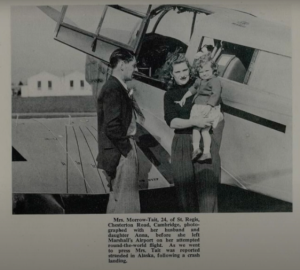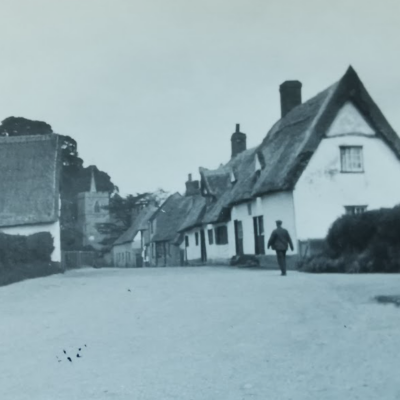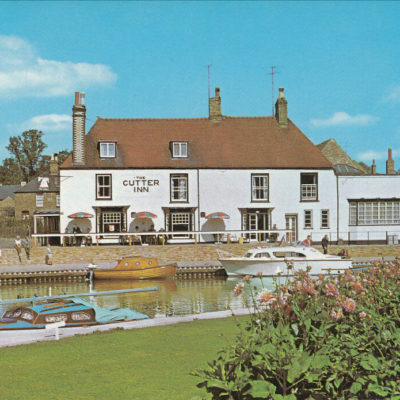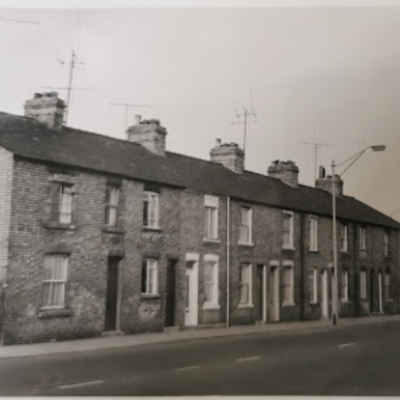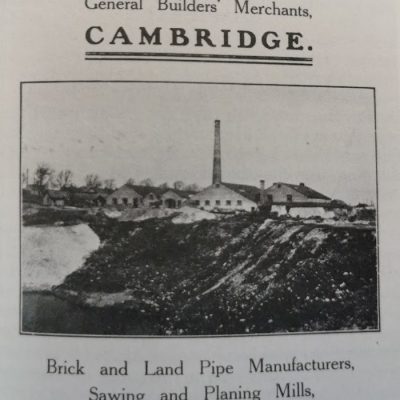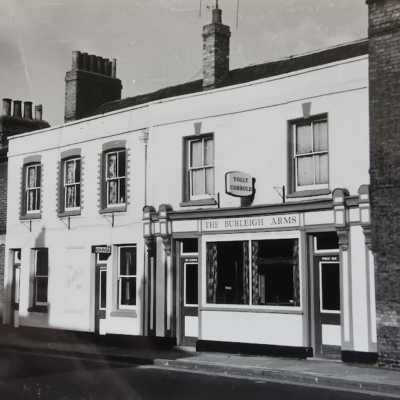Search by topic
- archaeology
- Building of Local Interest
- charity
- church
- crime
- dressmaker
- fire
- Great Eastern Railway
- Listed building
- Mapping Relief
- medieval
- oral history
- poverty
- Public House
- Rattee & Kett
- Religious House
- Roman
- scholar
- school
- Then and Now
- tudor
- women
- work
- world war one
- world war two
Search by text
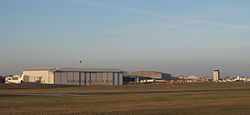
Marshalls Cambridge Airport, RAF Cambridge (Teversham)
History of Cambridge Airport
The airport was opened in 1938 and is now owned by the Marshall Group.
There is a Wikipedia entry.
The airport control and office is a Listed Building.
Airport office building, formerly control, club and terminal building. 1938. By A G G Marshall for his own firm, Marshall of Cambridge (Engineering) Ltd. Render, probably on brick, with parapeted flat roof. Modern style. Single storey with 2-storey centre. Entrance front is an 8-window range of metal casements of 2, 3, and 4 lights. On first floor are two 4-light casements either side the central section of the front which breaks forward. Here a large tripartite window of metal casements over a flat entrance canopy supported on thin metal stanchions. Oak glazed double doors with similar side panels. Front facing the airfield is a 19-window range with in addition a square bay to right and a semicircular 2-storey bay to centre, windows mostly with metal casements. On the first floor only part breaks forward to the bay and here there are corner windows. Further casements to the first floor. Ground floor has three part-glazed doors. INTERIOR. Entrance hall has staircase which leads to gallery with open wooden balustrade. Room with bay window reported as being originally the club lounge and having panelling. A rare and little altered example of an interwar airport control, club and terminal building.
Richarda Morrow-Tait flew from Marshall’s to Croydon Airport to begin her round-the-world flight in 1948. She was then living at St Regis, Chesterton Road.
BBC article, 2024:
https://www.bbc.co.uk/news/articles/c9v8e1nkxwyo
Jean Weston in ‘Memories of Abbey and East Barnwell’: The Airport Hotel was situated on the airfield side of Marshall’s, it is still there [c1990] and is used as the computer centre. On a sunny Sunday evening we would walk there to view the planes. No TV then! We would stop at the hotel, buy a drink and have it in the pub garden. There was a swing in the gardens and also tennis courts. A lot of local people would be there, the children would play in the garden and it was a nice opportunity for the hard-working housewives to have a chat and relax. Later in the 1960s the hotel became a casino and was open until the early hours, quite a contrast. It was closed when Cambridge became a gambling free city.
Arthur Marshall and his wife, Rosemary, are buried in Horseheath churchyard.
Contribute
Do you have any information about the people or places in this article? If so, then please let us know using the Contact page or by emailing capturingcambridge@
License
This work is licensed under CC BY-NC-SA 4.0





